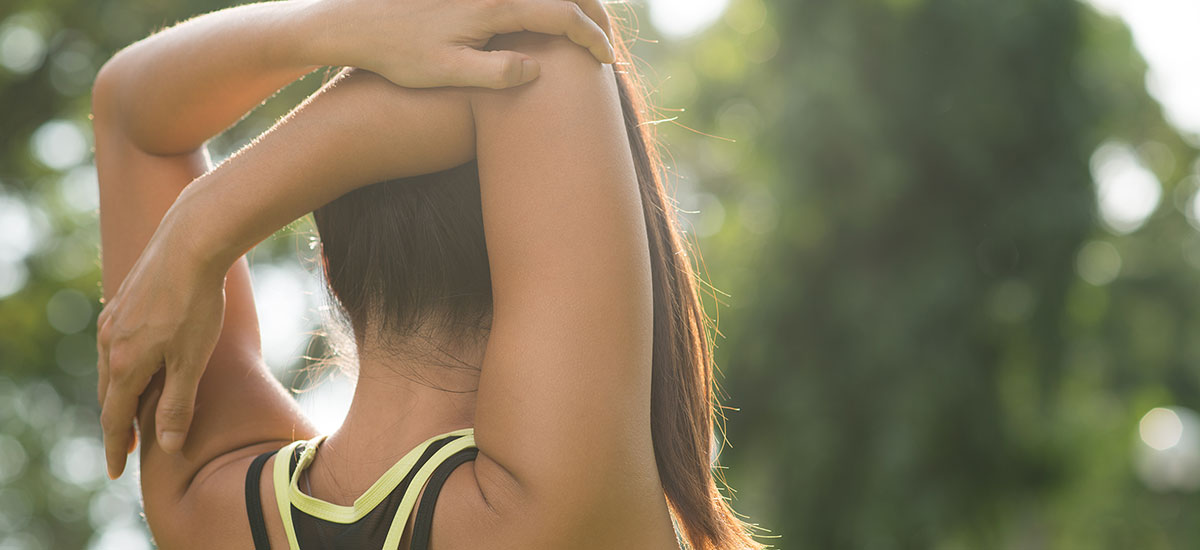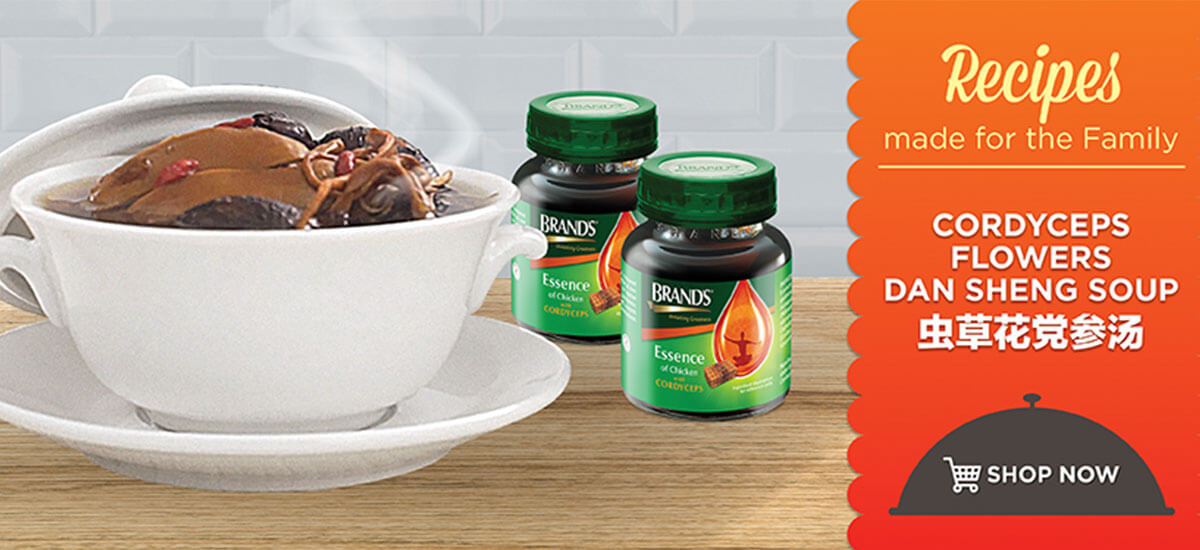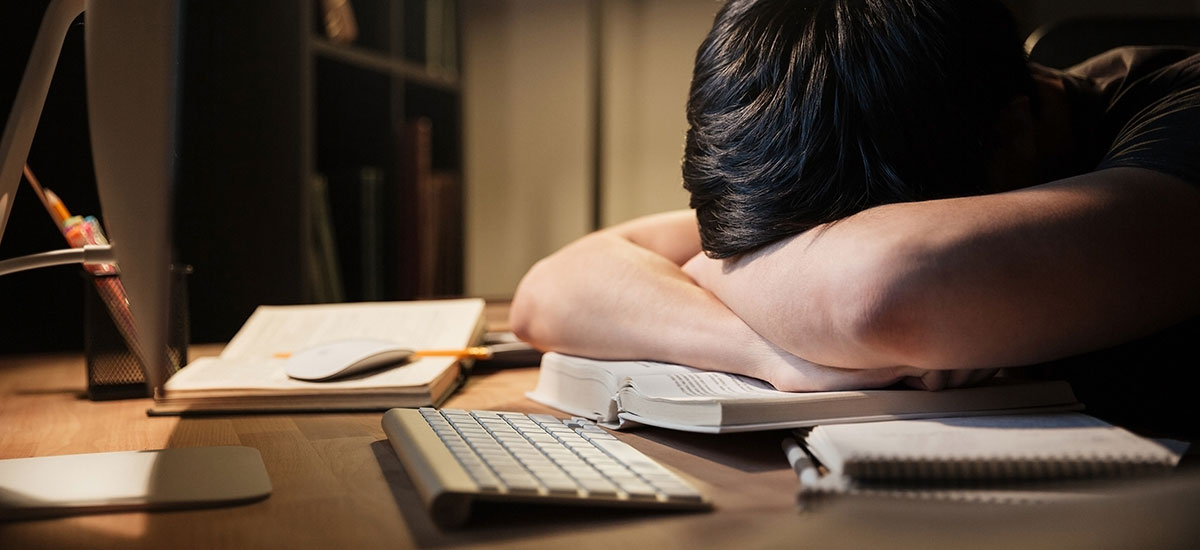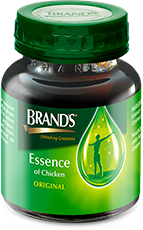As we age, the joints in our bodies wear down gradually. Which explains why joint problems are more prevalent in senior individuals. However, feeling a persistent pain in your knees for example, may be a cause for concern in the form of arthritis.

4 Surprising Benefits of Collagen for Joint and Bone Health
Many think that collagen is only good for the skin. But this abundant protein found in our bodies is also beneficial when it comes to our joints and bones.




